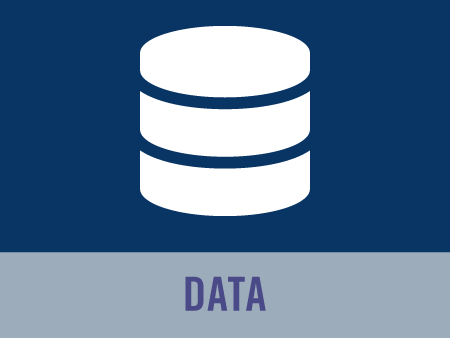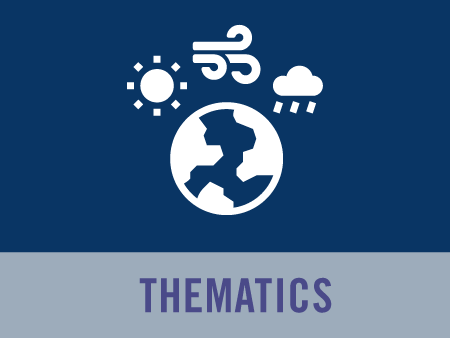The use of GlobCurrent products at CPTEC/INPE (Brazil)
Since 2011 the National Institute for Space Research (INPE), Brazil, has conducted an operational remote sensing monitoring of sea surface features along the Southeastern Brazilian Margin, on the western side of the S Atlantic based on daily optical, thermal-infrared and microwave satellite data. The shelf-break dynamics on this region is ruled by meanders and eddies associated with the Brazil Current (BC). The continental shelf is dominated by transient mesoscale variability induced by BC meandering, coastal upwelling and directly by the wind. In this complex panorama, the systematic extraction, identification and tracking of sea surface features, like ocean fronts, eddies, meanders and coastal plumes have been contributing to build up regional knowledge about Ocean Surface Currents (OSC). Figure 1 presents the accumulated position of BC inner front extracted throughout 57 months, in a total of 1,094 frontal detections.
To better understand the regional dynamics, OSC in the region of interest has been derived from altimetry and compared with the U.S. Navy Costal Ocean Model (NCOM) numerical model and remotely sensed sea surface temperature and chlorophyll concentration fields. In general, with NCOM data it is possible to observe a reasonable spatial characterization over the inner and middle shelf. This relatively higher richness of details allows a better representation of the oceanographic processes mainly on the shelf break and coastal regions. These observations are also corroborated by concomitant thermal and ocean color satellite images. However, at more offshore areas, monthly altimetry and NCOM OSC are better correlated representing relatively well the larger scale processes (Figure 2).
Many efforts and projects aiming to model global OSC have caveats over the shelf and shallow waters, since the dynamics in these areas have different regional characteristics and present a component of complex sub-mesoscale to mesoscale processes. More recently, the GlobCurrent project has brought an innovative approach using the synergy of different satellite sensors, merging different processing techniques in order to improve the understanding of spatial and temporal variability of global OSC. We tested the first version of combined Geostrophy + Ekman OSC product of GlobCurrent, comparing with our daily ocean feature extraction from satellite data. We observed a good spatial correlation over the major meanders of the BC, although the sub/mesoscale features are still not well described by the present OSC product (Figure 3). We expect that future versions of GlobCurrent products could better represent sub/mesoscale processes in our region of interest improving our monitoring capability for those coastal and shelf break regions.










